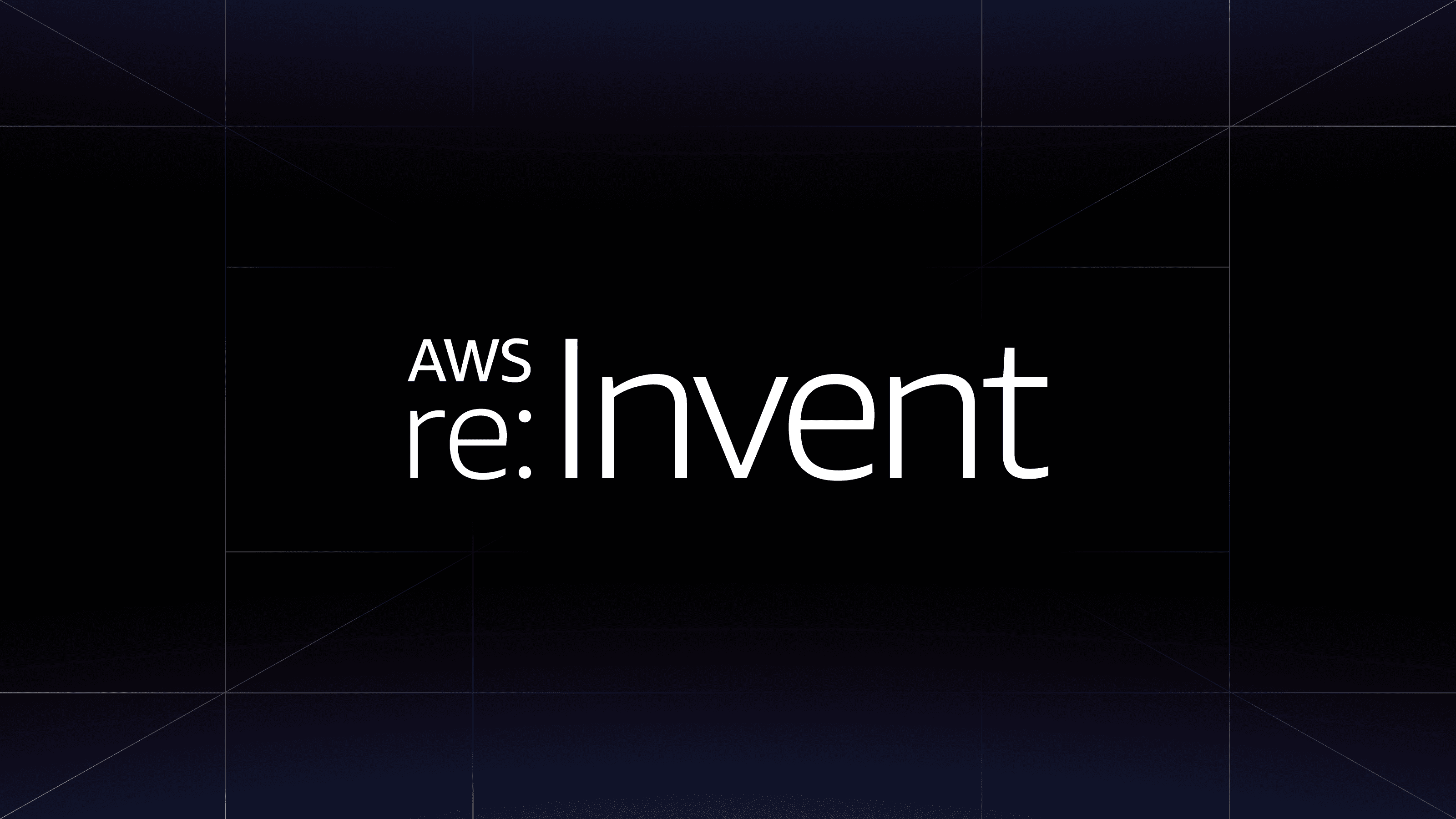Terraform Cloud and Terraform Enterprise help teams collaborate on infrastructure projects in a secure, shared environment. Teams organize their Terraform configuration into workspaces to manage logical pieces of infrastructure. Run triggers allow you to coordinate changes between multiple workspaces.
Run triggers provide a simple and programmable way to connect workspaces, allowing you to build automated infrastructure pipelines. Once changes are applied to the source workspace, a run is queued in the target workspace.

In a new hands-on tutorial, you will set up a run trigger using an example set of workspaces. You will deploy a network and use generated data from that deployment to automatically configure and deploy an application on the network. Try the tutorial to set up your first run trigger.
Connect Workspaces with Run Triggers
»Further Reading
To learn more about the use cases for run triggers, read the feature announcement.
Unfamiliar with Terraform Cloud? Follow our getting started tutorial to sign up for a free account, create an organization, and deploy your first version-controlled infrastructure as code.









